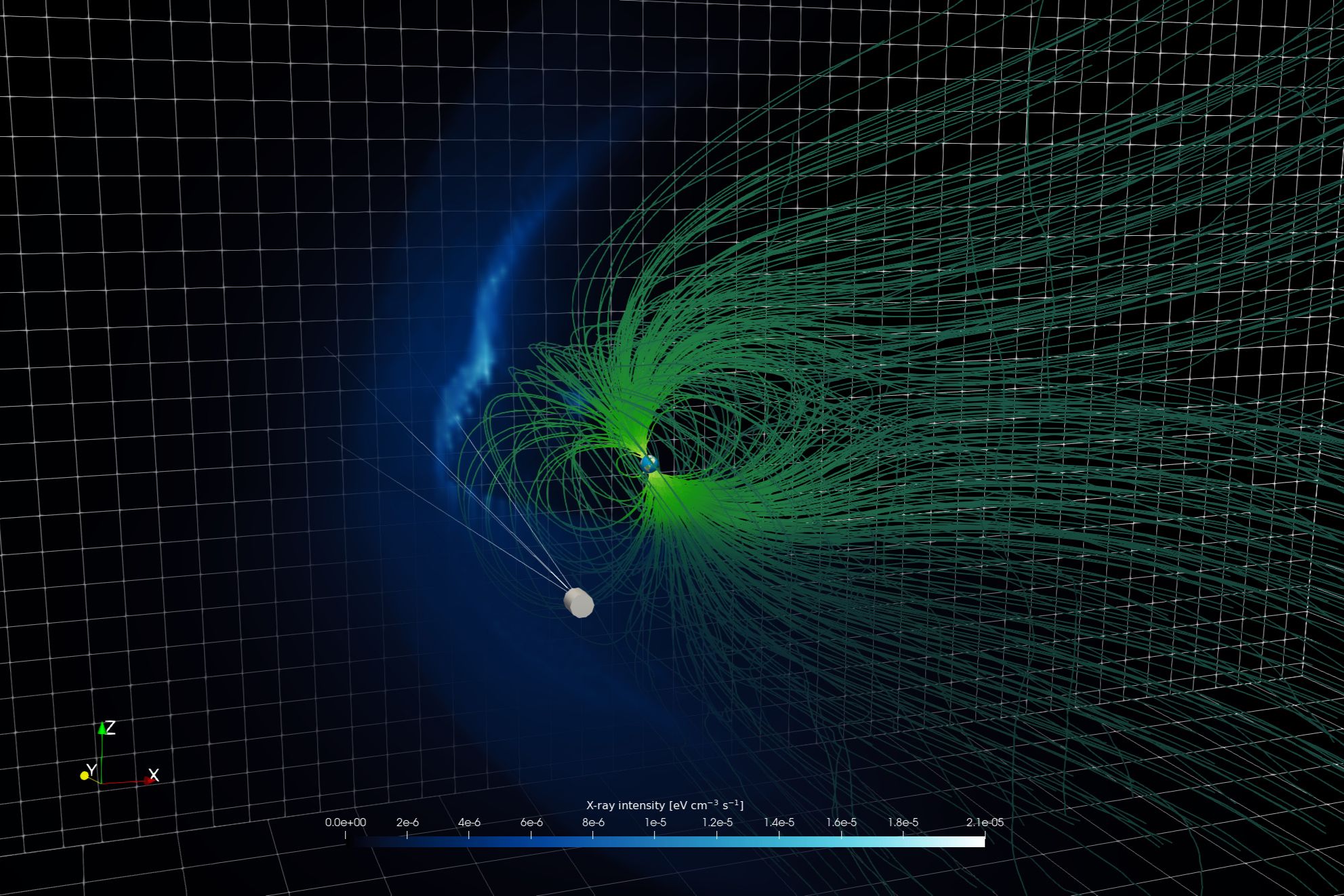Earth wears a magnetic cloak called the magnetosphere, which shields us from the constant stream of charged particles emanating from the Sun (known as the solar wind). This invisible armor not only protects our atmosphere but also keeps our satellites and space tech safe from wild space weather.
But this shield isn’t flawless. During solar storms, a process known as magnetic reconnection can create temporary holes in the magnetic field, resulting in sudden energy bursts that shake up near-Earth space. As more people rely on satellites and venture into orbit, predicting these space weather surges is more crucial than ever.
The key? Measuring the reconnection rate, which shows how quickly and effectively energy is transferred during these disruptions. Until now, scientists have used spacecraft and solar flare imaging to gather clues, but these methods only capture fragments of the larger picture.
Now, a research team from Chiba University in Japan, led by Associate Professor Yosuke Matsumoto, is trying a fresh approach: using soft X-ray imaging to see reconnection rates more clearly and consistently.
When the solar wind hits the magnetosphere, some energy waves do just the opposite
Soft X-rays are naturally created when solar wind particles collide with hydrogen atoms near the magnetosphere, our planet’s protective shield.
To take full advantage of this cosmic glow, a research team used the Fugaku supercomputer to run ultra-detailed simulations, blending Earth’s magnetic activity with soft X-ray models. They found that during intense solar wind, X-rays create bright, cusp-shaped patterns that reveal the shape and behavior of magnetic reconnection zones, places where the shield temporarily weakens.
The key breakthrough? These patterns can be observed by satellites far from Earth, such as the upcoming GEO-X mission, and can be used to measure the global reconnection rate. This metric indicates how energy flows during solar storms. The team’s calculation (0.13) matched both theory and lab results, confirming that this method is effective.
Associate Professor Yosuke Matsumoto from the Institute for Advanced Academic Research at Chiba University, Japan, said, “Imaging X-rays from the sun-facing magnetospheric boundary can now potentially quantify solar wind energy inflow into the magnetosphere, making X-rays a novel space weather diagnostic tool.”
Scientists discovered a phenomenon that impacts Earth’s radiation belts
Thanks to cutting-edge research, scientists now have a new method to study magnetic reconnection, the cosmic phenomenon responsible for energy surges that can breach Earth’s magnetic shield. By analyzing soft X-rays emitted when solar wind hits our planet’s defenses, researchers are unlocking new ways to forecast space weather more accurately.
Why does this matter? Solar storms can disrupt communications, affect astronauts, and damage satellites. With commercial space travel on the rise, predicting these space tantrums is more critical than ever.
But the impact goes beyond Earth. As Dr. Yosuke Matsumoto points out, magnetic reconnection isn’t just an Earthly concern; it is also at play in solar flares, black holes, and even plasma machines here on Earth, such as fusion reactors. Understanding it could help develop cleaner energy and explore the source of cosmic rays zooming through the universe.
Journal Reference:
- Ryota Momose, Yosuke Matsumoto, Yoshizumi Miyoshi. Estimation of Reconnection Rate From Soft X-Ray Emission at the Earth’s Dayside Magnetopause. Geophysical Research Letters. DOI: 10.1029/2024GL114342
